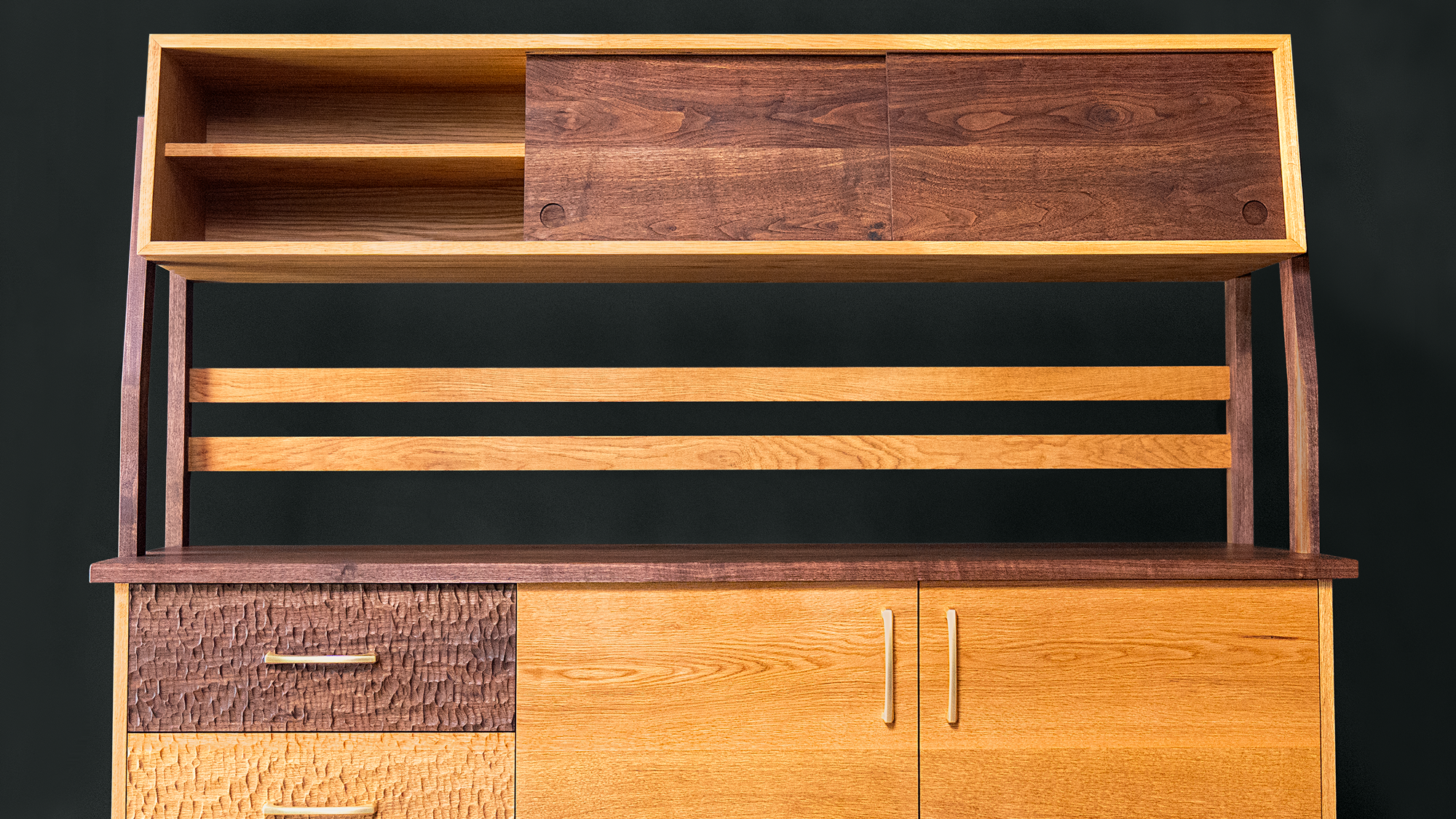The Beauty of Box Joints: Frank Lloyd Wright Inspiration Meets Woodshop Basics
The many interlocking fingers provide tons of gluing surface, creating a bond far stronger than a simple butt joint. And beyond strength, the repeating geometric pattern has a clean, utilitarian beauty all its own.
Building a LEGO-Inspired Dresser: A DIY Project for Brick Builders
I started exactly where one should start when trying to design a Lego dresser, with actual Logo bricks of course. For this dresser design, I opted for four standard 2x4 Lego bricks and two standard 1x4 Lego bricks. The feet are attached using some 1x1 studs or snot (studs not on top) pieces.
Exploring the Versatility of Cane Webbing in Woodworking Projects
Cane webbing, with its rich texture and inherent flexibility, has become one of my favorite elements to incorporate into woodworking projects, and I have used it in the past two builds. It offers a blend of vintage charm and modern appeal that can transform the simplest piece into a statement.
Understanding Variably Spaced Dovetails: A Woodworker’s Guide
There's a practical side to variably spaced dovetails. By changing up the width and spacing, you can strengthen specific parts of the joint, giving it extra durability where it's needed most. This is super useful for joints that need to handle a lot of stress like heavy drawer boxes.
Butterfly Keys in Woodworking: Everything You Need to Know
In woodworking, the terms "bowtie” and "butterfly key" are often used interchangeably to describe a small, hourglass-shaped piece of wood used to reinforce cracks or join pieces of wood together. Despite their different names, both serve the same purpose: providing structural support and adding a decorative element to woodworking projects.
How to Build a Three-Way Miter Joint
Hey there, woodworking enthusiasts! Today, we're diving into the world of three-way miter joints—a super cool and visually stunning way to join three pieces of wood. I used this joint for creating the base of a cabinet hutch, giving it a sleek and modern look. Before we dive into the how-to, let's chat about why 3-way miter joints are awesome.
Ebonizing Wood with Quebracho Tea and Iron Acetate for the Blackest of Blacks
I am going to go over a particularly neat method to achieve that rich, dark finish: using quebracho tea and iron acetate. It’s not only cool but also kinder to the planet. Quebracho comes loaded with tannins, and when you mix it up with some homemade iron acetate (don't worry, it’s just steel wool and vinegar), you get a natural black stain that’s seriously durable and absolutely gorgeous.
Essential Tips for Building Better Cabinetry
I’ll show you everything you need to know about building a cabinet. In part 1 of this series, I go over how to build the cabinet carcass from hardwood. For this one, I used both white oak and walnut. Follow along with the series to see the whole cabinet system come together.
Building a Kamado Grill Station
So today, I’ll delve into the intricacies of building a grill station crafted from Sapele and Eucalyptus hardwoods meticulously designed to accommodate a Kamado grill. From selecting the best wood for outdoor use to mastering mortise and tenon joinery techniques, and ensuring proper water drainage, every aspect of this project is aimed at achieving durability, functionality, and aesthetic appeal.
Building Free-Standing Cabinets Like a Pro
When it comes to cabinets, the decision between plywood and hardwood is pivotal. Plywood, with its layers of thin wood pieces glued together, offers stability against warping—ideal for the cabinet’s body and shelves. Hardwood, on the other hand, introduces the charm of natural wood grain and is best suited for the front face of the cabinet, delivering a beautiful and sturdy surface.











